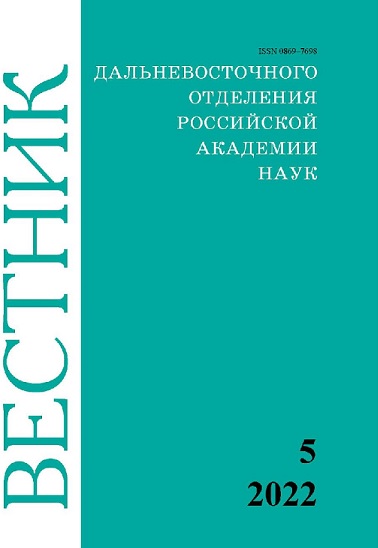The characteristics of the trees and seed’s viability of Korean pine (Pinus koraiensis Sieb. et Zucc.) at Verkhneussuriysky Forest Station
Keywords:
Korean pine broad-leaved forests, Korean pine, plus tree, plus tree candidate, crop, cone, seed, viabilityAbstract
The characteristics of stand and morphological data and seed’s viability of the ten Korean pine plus trees on Verkhneussuriysky Forest Station (FSC FEB RAS) are presented. The plus trees located on the area are about 5 ha of Korean pine-broad-leaved forest with Korean spruce and yellow birch. The plus trees are located on the I tier and consist of 7-8 units per stand. The crop of the trees cones was estimated in 2014 at 4 marks. The most of the selected trees had cones with seeds of the 1st quality grade. The low index of viability was shown by only trees №1 and №7, because of presence of empty seeds. Those trees should be probably excluded from plus trees candidates. The weight characteristic of 1000 seeds of Korean pine does not always reflect their quality. The investigated stand is recommended to register as a genetic refuge in Chuguevsky district for preservation of genetic resources.


